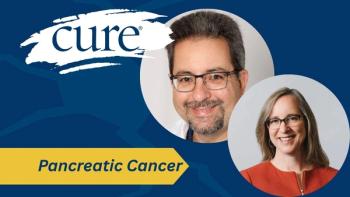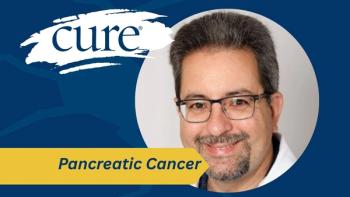
Helping Patients With Cancer Fit Exercise Into Their Lives
Patients, nurses and caregivers to those with cancer, we want to know what kind of exercise works for you, and how you stay motivated. Join us in our upcoming #CureConnect tweet chat!
Physical activity is one of the most underutilized, simple, inexpensive and effective means of maintaining and restoring health. The benefits of exercise extend to all parts of our lives, not just our physical fitness.
These benefits include keeping our independence as we age; improving self-image, confidence, and posture; reducing fatigue; controlling weight; managing stress; improving mood; and for cancer patients and survivors, reducing risk of recurrence as well as other chronic health conditions.
Patients, caregivers, survivors and nurses can all benefit from increasing physical activity in our daily lives. Setting small and reasonable goals, getting social support from others and making the time to do it are all important parts of sticking to an exercise program. Nurses can help patients with supportive messages while they educate patients on the importance of staying active.
Learning a few important considerations about exercise before increasing your level of physical activity can go a long way toward making it safe, healthy, effective and enjoyable, so that you reap the benefits from the moment you start and can more easily maintain an active lifestyle into the future.
Please join me Thursday, October 13 at 9 pm EST, for the next #CureConnect chat as we discuss the benefits of exercise, how to fit it into your lifestyle, and how to stay motivated so you’ll keep doing it.
Alene Nitzky, PhD, RN, OCN @cancerharbors is an oncology nurse, cancer exercise trainer and health coach, and is CEO/Founder of Cancer Harbors® and FIERCE®: Functional & Fit, Independent, Energized, Restored, Confident, & Empowered.





